A Placemaking Journal
Neighborhoods First (and Goal)
San Diego’s new Mayor, Bob Filner, was elected on a “Neighborhoods First” campaign, as it was apparent that downtown and a select group of out-of-town developers had the past administration’s undivided attention. Today, the older, hip, cool, streetcar neighborhoods are experiencing development pressure for new shops and housing. A progressive democrat in a historically republican town, our Mayor has a clear mandate to transform our neighborhoods from their current fear-of-change state to real placemaking possibilities… in conformance with local community character, of course.
Written during the Super Bowl Sunday’s refereeing debacle, I offer the following touchdown (7 points) to making Neighborhood come first:
The Vision Thing
A city’s economy is fueled by its downtown, neighborhoods, districts, and corridors. Located in one of the world’s most beautiful climates, San Diego needs to continue to attract and retain talented minds in this new economy. Therefore, our city needs a clearly articulated vision — taking full advantage of our natural resources — to be America’s Finest City of Neighborhoods. I recommend our Mayor demonstrate a true sense of what putting neighborhoods first really means by daring us to take ownership, live outdoors, occupy space, and really live together. This vision allows us to build places that are walkable, bikeable, sitable, lingerable, drivable and transit rideable. Aging boomers and young millennials, who make up 50% of our nation’s population, don’t just enjoy living, working, shopping, learning and playing outdoors. They also generate new taxes needed to fund deferred infrastructure improvements.
Our city has a rich history of vision planning documents, from John Nolen, Kevin Lynch and Mike Stepner, to Bill Anderson’s award-winning General Plan update. We have just as long a history of not implementing these great plans. Fortunately, our city has a large resource of planners, traffic engineers, permit processors, and civic service providers whose resources are scattered like 1,000 jigsaw puzzle pieces in a box. A clear picture on the puzzle box cover is necessary to more efficiently coordinate their placemaking responsibilities.
Unfortunately, neighborhood-scaled policies are missing from General Plan, multiple-neighborhood Community policies, and lot-by-lot Zoning regulations. Our General Plan outlines a ‘City of Villages’ framework that, in its efforts to identify America’s 8th largest city’s thousands of neighborhoods, actually confuses three place types. Community Planning Areas, spanning multiple neighborhoods, were originally defined by political boundaries, historic development plats, and old insurance Red-Lining practices that created our initial zoning districts. Now 35 years-old, our policies continue to use conventional, suburban, segregating land use policies and guidelines. Plans at this scale are deeply entrenched in community politics and have proven to be nearly impossible to update.
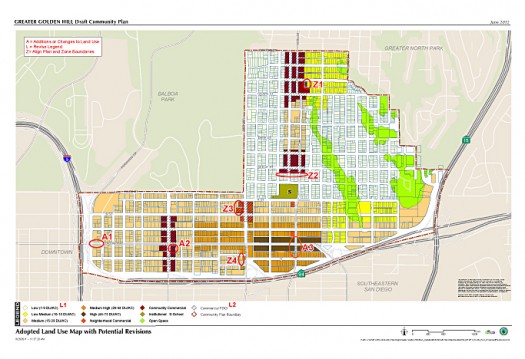
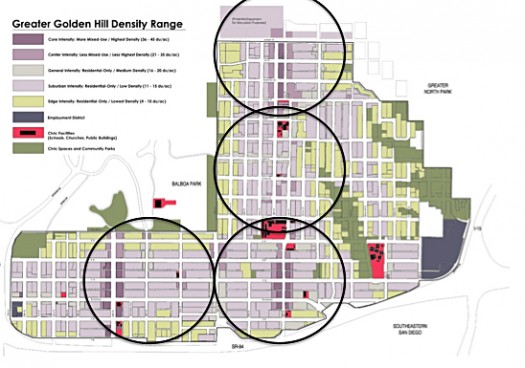
Our new Mayor is smartly reinstalling our City Planning Department as we also have a history of scrapping planning every recession or so. The Mayor’s new Department of Safe, Healthy and Livable Neighborhoods needs the authority to coordinate the various jigsaw puzzle pieces. Our most glaring coordination failure is in not coordinating our very good mixed-use and pedestrian private development goals with our less-than-good public streets and parks suburban standards.
Coordinate Neighborhood Regulations
Human-scaled neighborhoods are characterized by the 5-Cs. Each neighborhood should have a well-defined center (usually civic or transit-station/stop), a general area (blocks of diverse residences), and a well-defined edge (canyons and/or a well-connected thoroughfares). The human-scale neighborhood is the pattern of our historic city grid, as our main commercial streets and cross-streets are located at these same quarter-mile, half-mile and mile increments.
Neighborhoods are where we meet our daily needs, and each has its own sense of character, memories and local expectations. I recommend repurposing our former Redevelopment Agencies, now titled Neighborhood San Diego, to enable predictable regulations and public process for developers, decision-makers, and citizens. Focussed on implementation, this office should facilitate small scale, block-by-block, context-specific plans within neighborhood units.
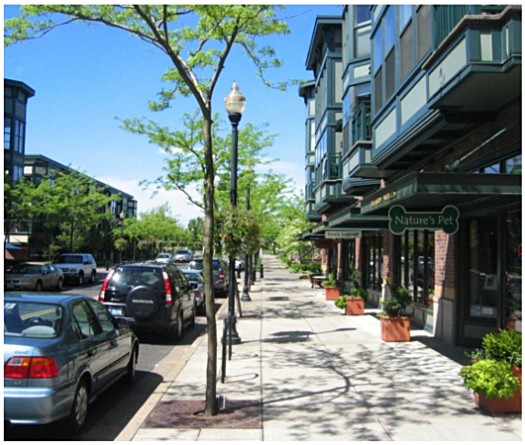
THE GOOD: ORENCO STATION, Portland, OR.
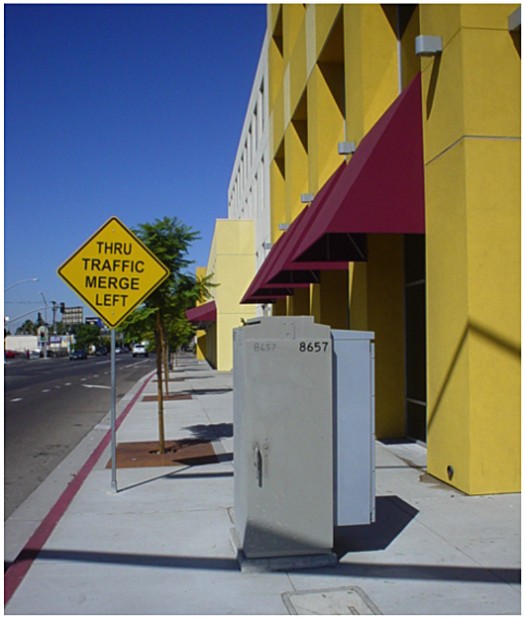
Optional Overlay Zoning
In El Paso, an innovative optional Zoning Overlay Ordinance was adopted in 2006. In November 2012, a Quality-of-Life bond successfully passed with a 70% voter approval following upon the more predictable place-based regulatory framework. In California, the Specific Plan tool recently updated the plans for Pasadena, Ventura, and Redwood City. These emphasize the character of older neighborhoods first, and efficiently coordinate design standards for both public and private investments, which is a key to capturing the value of capital improvements and public infrastructure investments. Recognizing San Diego’s larger Infrastructure Deficit Disorder, these recommended tools facilitate a new pattern of development and tax generation as opposed to relying on riskier silver bullet projects.
Decision Districts
Just as we need zoning reform, I recommend a variety of new tools for infrastructure financing. Local Decision Districts are an innovative regulatory tool to provide predictability in entitlement processing and fees that are reinvested into that specific district. This bottom-up approach allows for the expertise of local Business, Maintenance or Improvement Districts to control the character of their specific streets capes.
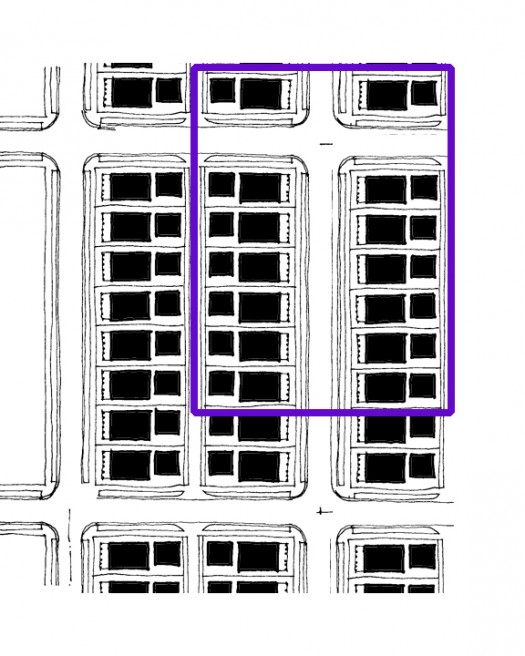
21st Century Innovations
A steward of San Diego has saved three (3) historic streetcars. We would love for the Mayor to put these on the streets, and most are saying they want them to travel from downtown to the urban neighborhoods. I recommend they run along North and South Park’s 30 Street economic development miracle. Forming a floating bike track, only bikes are allowed to pass or run ahead of the streetcar.
PlaceShaking
A very smart intern, Beryl Foreman (cousin of HUD’s Director, Shelley Poticia), has figured out that placemaking goes beyond our vision, coding and implementation services. A public relations, community organizer focus on neighborhood revitalization is necessary to engage, connect, and collaborate with those who live/work/play on the street.
As expected, politics continues to be the biggest place-changer. The above points are only plausible with a genuine understanding that our city must maintain the political wherewithal to be competitive for talented minds — who can just as easily choose Denver, Dallas, Portland or Seattle. Unfortunately, as an urban designer I can do little but watch from the stands upon local politicians who will hopefully rise to the level of election year rhetoric and follow through with their best efforts.
For example, Mayor Bob Filner is our 2nd Mayor to lead our Strong Mayor / Strong Council system and he has a one-person majority on the City Council. However, in one of the first votes of our new Mayor’s tenure, the progressive Council President shot across the Mayor’s bow and voted against him. The point is that all of our best made plans may be laid to waste due to personal political aspirations.
Building political will is a full-time job. Thank goodness mine is urban design.
–Howard Blackson
If PlaceShakers is our soapbox, our Facebook page is where we step down, grab a drink and enjoy a little conversation. Looking for a heads-up on the latest community-building news and perspective from around the web? Click through and “Like” us and we’ll keep you in the loop.








